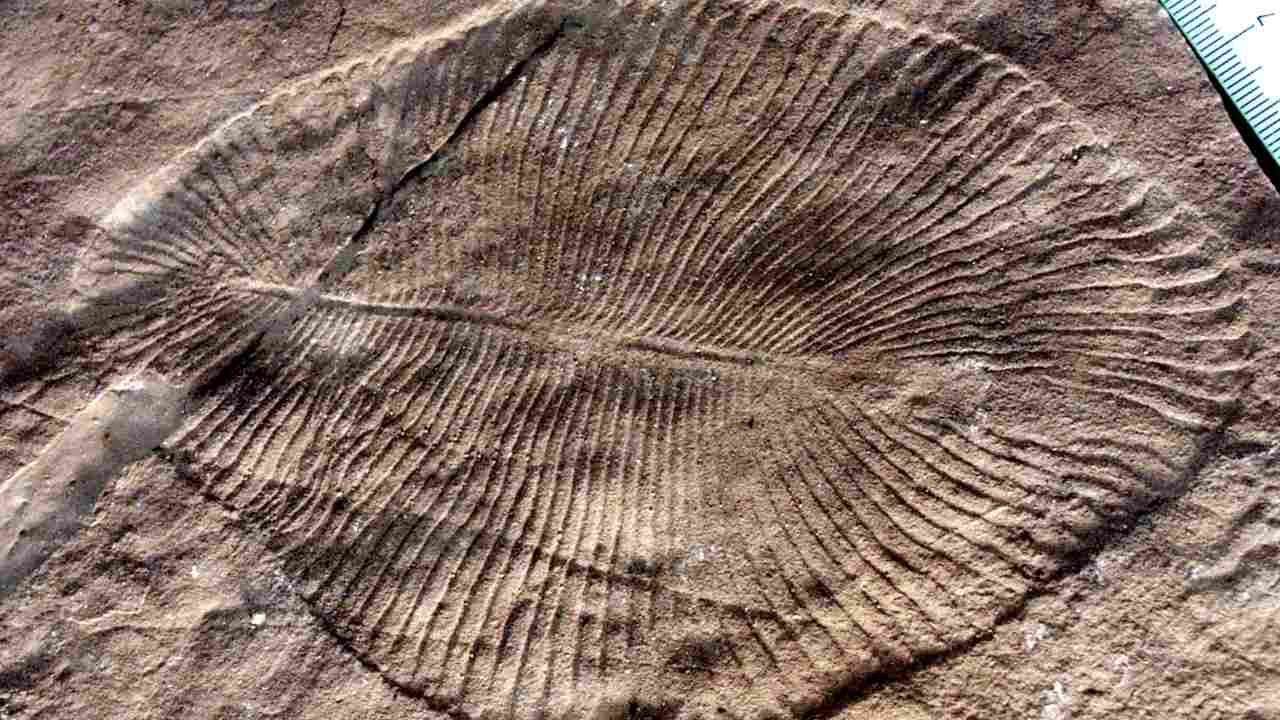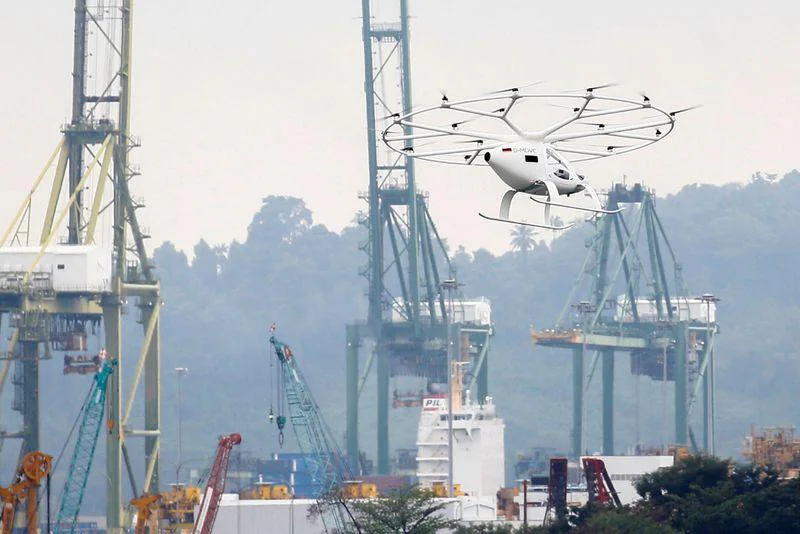FP TrendingFeb 25, 2021 17:23:41 IST
A remarkable fossil unearthed in Bhimbetka rock shelters, Madhya Pradesh, an archaeological site that dates back about 55 million years, points to the first time the fossilised organism has been recorded in India. The finding is significant in palaeontology since the fossil dates back to the Ediacaran era – period in the planet’s history regarded as the precursor to the explosion of modern lifeforms. According to a report in The Hindu, the discovery puts India firmly on the map for studies related to the Ediacaran era, along with Australia and Russia.
The recent discovery was of the earliest fossils of Dickinsonia, a flattened, ribbed oval creature that grew over four feet across and sported a distinct ridge down its centre. Predating the Cambrian era and the explosion of life associated with it, Dickinsonia was an early form of multicellular life that is thought to have given rise to some of the modern forms of life on Earth. The discovery, studied by a team of researchers led by Professor Gregory Retallack, a palaeontologist at the University of Oregon, thrown light on a period in Earth’s history known as Ediacaran. The study claims that the Ediacaran period was the precursor to the Cambrian era (about 541 million to 485.4 million years ago), when there was an explosion of life forms on Earth.

Cast of Dickinsonia costata from Australia. Image: Wikimedia Commons/Picasa
The study elaborates that the age of the Dickinsonia tenuis specimen unearthed in the Maihar Sandstone at Bhimbetka, from Zircon dating, places them alongside other fossils from Russia’s White Sea region, at about 555 million years ago. They were also comparable to Dickinsonia tenuis and Dickinsonia costata fossils found in South Australia, estimated to be from 550 million years ago. Studies of the rock characteristics in and around Bhimbetka reveal that they shared many characteristics with Australian rocks. These include the skin texture of an “old elephant” and trace fossil Prasinema gracile, which are thought to be remnants of a ropeforming cyanobacteria.
Furthermore, Dickinsonia fossils from India that were found by the scientists turned out to be identical to the Rawnsley Quartzite in South Australia, providing evidence of their age, and the proximity of the two land masses in Gondwanaland in that era.
One of the biggest challenge towards studying the Ediacarans is the issue of preservation. The creatures had squishy bodies that have long since decayed away, and they lack bones or shells that would remain fossilised. Early members of the evolutionary tree, they differ greatly from modern life-forms, which make it difficult to assign them branches.










